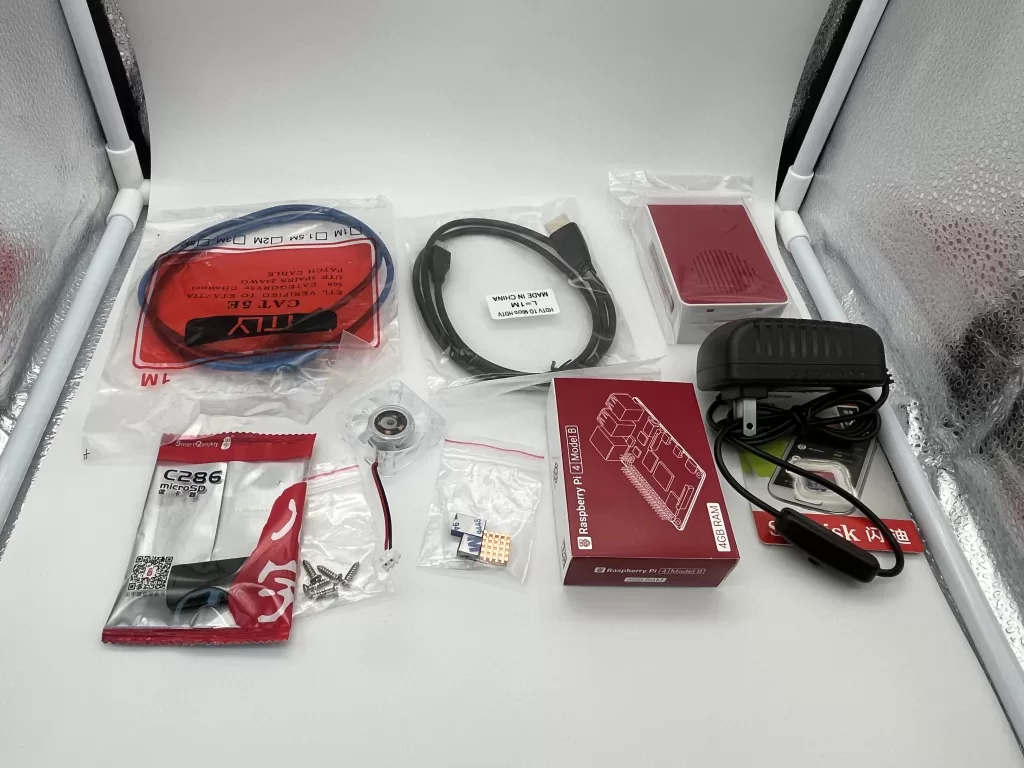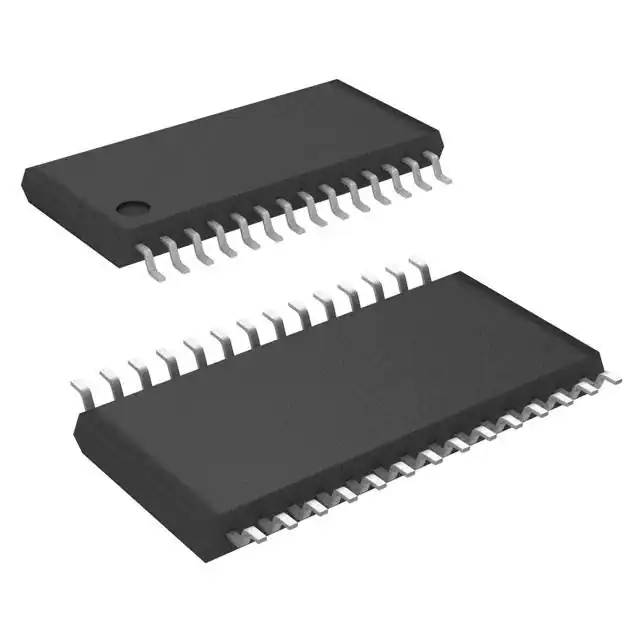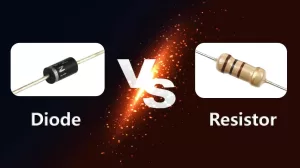A digital thermometer is a modern and convenient tool for measuring temperature, replacing the traditional mercury-filled glass thermometers. With ...
View detailsUnderstanding Transceivers: What is a Transceiver and How Do They Work?
Transceivers are essential for sending and receiving signals in the world of networking and telecommunications. Transceivers are crucial parts for wireless communication, fiber optics, and even amateur radio.
In this blog, we will delve into the world of transceivers, exploring their functionality, types, and applications. Now let's begin our journey of understanding transceivers and how they work.
What is a Transceiver?
A transceiver is a single electronic device that can send and receive signals. It usually comes in a compact, self-contained apparatus that has both a transmitter and a receiver. Transceivers are utilized in a wide range of applications, such as wireless communication, fiber optics, amateur radio, and more.
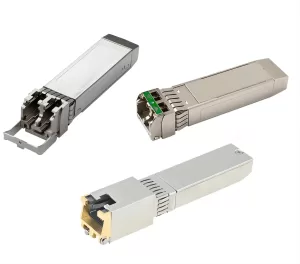
Different types of Transceivers
There are many different types of transceivers available, each designed for a specific application. Some of the most common types of transceivers include:
- Wireless transceivers:
- Audio signals are transmitted and received wirelessly using ME wireless transceivers. Musicians and sound engineers like them a lot.
- For wireless data transmission and reception over short distances, Bluetooth transceivers are utilized. Smartphones, tablets, and other portable electronics are frequently utilized.
- Due to their low cost and simplicity of operation, Baofeng dual-band FM transceivers are favored by amateur radio operators.
- By police enforcement, security personnel, and other professionals, handheld transceivers are portable transceivers that are frequently utilized.
- Optical transceivers:
- Small form-factor pluggable transceivers, or SFP transceivers, are found in many types of networking hardware. They come in a range of speeds and form factors.
- For high-performance applications like data centers and telecommunications networks, precision optical transceivers are made.
- Light signals are sent and received across fiber optic cables using fiber optic transceivers. They come in a range of speeds and wavelengths.
- HF transceivers:
- Low-power HF transceivers known as QRP transceivers are preferred by amateur radio operators.
- Amateur radio, broadcasting, and commercial use are just a few of the applications that HF VHF UHF all-mode transceivers can be used for.
- High-performance HF transceivers known as USDX transceivers are well-liked by amateur radio operators.
- Other transceivers:
- Locating victims of an avalanche requires the use of avalanche transceivers.
- Data from the Automatic Identification System (AIS) is transmitted and received using AIS transceivers. Ships can keep track of each other's locations thanks to the AIS maritime navigation system.
- In order to send and receive Ethernet signals across copper wire or fiber optic cable, Ethernet transceivers are employed.
- Garage door openers, automobile locks, and other devices can be programmed using HomeLink universal transceivers.
CAN Transceivers
Electronic devices called CAN transceivers, often referred to as Controller Area Network transceivers, are used in automotive and industrial applications to permit communication between various electronic control units (ECUs) within a network. A popular communication protocol known as the CAN bus enables dependable and effective data transfer across diverse system components.
The link between the CAN bus and the ECU is made up of CAN transceivers. They do the opposite as well, converting the digital signals from the ECU into the proper electrical signals for transmission across the CAN bus. This makes it possible for the ECUs to communicate and coordinate their operations by sending and receiving data packets, such as sensor readings, control commands, and diagnostic data.
Voltage level shifting, electromagnetic compatibility (EMC) filtering, and bus failure protection are common characteristics of CAN transceivers that help to assure dependable and robust communication in noisy situations. They are available in numerous form factors, including as integrated circuits (ICs) and modules, and they can handle several CAN bus standards, including CAN 2.0A and CAN 2.0B.
When choosing a CAN transceiver, it's crucial to take into account elements like the required bus speed, voltage levels, operational temperature range, and particular application requirements. It's also important to consider whether your system will work with the current CAN bus architecture and whether hardware and software support is available.
In general, CAN transceivers serve a critical role in providing effective and dependable communication between ECUs in automotive and industrial systems, easing the flow of data, and enabling new features.
What is the difference between a receiver and a transceiver?
A receiver is a device that receives signals and transforms them into a format that can be used by another device. It is a one-way device, which means that it can only receive signals and cannot transmit them.
A transceiver is a gadget that can send and receive signals. In essence, it combines the functions of a transmitter and a receiver.
A receiver can only receive signals, whereas a transceiver can both transmit and receive signals. This is the primary distinction between a receiver and a transceiver.
Here is a table that summarizes the key differences between receivers and transceivers:
| Feature | Receiver | Transceiver |
| Can transmit signals? | No | Yes |
| Can receive signals? | Yes | Yes |
| Typical applications | Radio receivers, TV receivers, GPS receivers | Two-way radios, wireless networks, satellite communication |
Both receivers and transceivers are significant hardware components with a wide range of applications. You can select the device that best suits your needs by being aware of the differences between the two.
Why Transceivers are used?
Transceivers are used for a variety of reasons, including:
- To send and receive signals across great distances. Signals can be sent and received over great distances, such as between two buildings or cities, by using transceivers. Applications like telecommunications, satellite communication, and radio transmission can all benefit from this.
- To deliver fast data transmission. In data centers and business networks, transceivers can be utilized to transmit data at fast speeds. Applications like online gaming, streaming video, and file transfers can all benefit from this.
- To deliver dependable communication in challenging circumstances. Extreme temperatures, dust, and vibration are just a few of the challenging conditions that transceivers can be made to resist. Because of this, they are perfect for uses including industrial automation, military communication, and emergency response.
What are Transceivers used for?
- Mobile Communication: Transceivers are crucial parts of mobile communication equipment, such as smartphones, tablets, and mobile hotspots. They enable internet connectivity, text messaging, voice calling, and other wireless communication features.
- Radio Communication: Transceivers are used in radio systems, such as amateur radios, walkie-talkies, and two-way radios. Depending on the radio frequency and power output, they allow users to communicate across short or long distances.
- Satellite Communication: For the purpose of sending and receiving signals to and from satellites, transceivers are used in satellite communication systems. Satellite phones, satellite TV receivers, and satellite internet systems all make use of them.
- Fiber Optic Communication: Transceivers are devices that transform electrical impulses into optical signals for transmission via fiber optic cables in fiber optic networks. Devices like network switches, media converters, and optical transceivers frequently contain them.
- Data Centers: Transceivers are widely used in data centers to transmit high-speed data between servers, switches, and storage hardware. They make it possible for the data center infrastructure to communicate quickly and effectively.
- Industrial Automation: PLCs, sensors, and actuators are just a few of the devices that can communicate with one another using transceivers in industrial automation systems. They make it possible for industrial environments to share and control data in real time.
How Do Transceivers Work?
- The transceiver is fed with the electrical signal. Anything from a vocal transmission to a data signal can be this signal.
- The electrical signal is changed into an RF signal by the transceiver. An electromagnetic wave that can be sent through the air is the RF signal.
- The air or another medium is used to convey the RF signal.
- The RF signal is taken in by the transceiver at the other end.
- The RF signal is transformed back into an electrical signal by the transceiver at the other end.
- The transceiver produces the electrical signal. Anything from a speaker to a computer can transmit this signal.
Video related to Transceivers
Where Transceiver is used?
Transceivers are used in a wide range of applications, including:
- Wireless communication: In wireless communication systems, transceivers are employed to send and receive voice and data signals over a range of media, such as copper wire, fiber optic cable, and radio waves. Some common examples of wireless communication systems that use transceivers include:
- Cellular networks
- Wi-Fi networks
- Satellite communication systems
- Bluetooth devices
- Wireless LANs
- ZigBee networks
- Fiber optics: Light signals are sent and received over fiber optic cable by transceivers in fiber optic communication systems. In comparison to conventional copper-wire communication systems, fiber optic systems have more benefits, such as larger bandwidth, faster response times, and more interference immunity. Fiber optic transceivers are used in a variety of applications, such as:
- Data centers
- Telecommunications networks
- Cable TV networks
- Long-distance communication systems
- Amateur radio: To connect with one another across great distances, amateur radio operators use transceivers. People can experiment with various radio communication techniques and learn about radio technology through amateur radio, a hobby. Amateur radio transceivers are also used in emergency communication situations.
- Other applications: Transceivers are also used in a variety of other applications, such as:
- Maritime communication
- Automotive technology
- Industrial automation
- Medical devices
- Aerospace and defense
Examples of Transceivers
- Wi-Fi transceivers: In wireless local area networks (WLANs), Wi-Fi transceivers are used to enable wireless communication between devices. They support IEEE 802.11a/b/g/n/ac/ax standards and operate in the 2.4 GHz or 5 GHz frequency ranges.
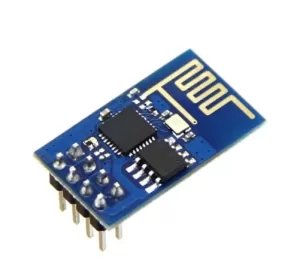
- Bluetooth Transceivers: In order to communicate wirelessly over short distances, Bluetooth-enabled devices need transceivers. They support the Bluetooth protocol for connecting gadgets like smartphones, headphones, and speakers and work in the 2.4 GHz frequency range.
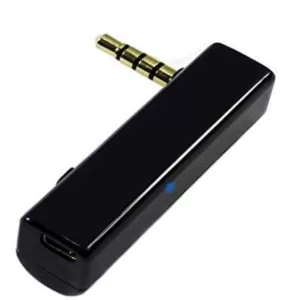
- Cellular Transceivers: In mobile communication devices like smartphones, tablets, and modems, cellular transceivers are employed. They provide voice conversations, text messaging, and internet connectivity by supporting multiple cellular network technologies, including GSM, CDMA, LTE, and 5G.
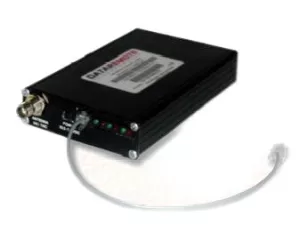
- Radio transceivers: Amateur radios, walkie-talkies, and two-way radio systems all require radio transceivers. They enable users to communicate over short or long distances and operate in certain frequency bands designated for radio transmission.
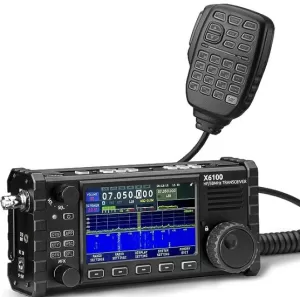
- Fiber Optic Transceivers: In fiber optic communication systems, fiber optic transceivers—also referred to as optical transceivers—are employed. For transmission through fiber optic cables, they convert electrical signals into optical signals, and the other way around. They support protocols like SONET/SDH, Fibre Channel, and Ethernet.
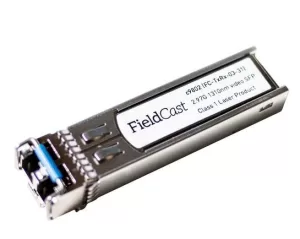
- Ethernet Transceivers: Ethernet transceivers are used in Ethernet networks to allow communication between various media types. They are often referred to as media converters. They boost the range of Ethernet networks by converting signals between copper cables (like twisted pair) and fiber optic cables.
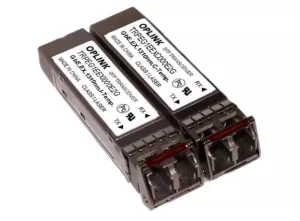
Conclusion
Transceivers play a crucial role in contemporary communication networks. They are essential for the transmission and reception of signals across a range of mediums. Transceivers have many different uses, such as in wireless communication, fiber optics, amateur radio, and other fields.
To keep up with the continuously changing demands of the communication business, transceivers are always being improved. New and inventive transceivers are being created that offer even higher performance and functionality because of new technologies like 5G and Li-Fi.
Ella
Ella is a skilled embedded systems engineer with experience in PCB design and microcontroller programming. She is committed to following the most recent developments in the field and is constantly seeking for ways to apply them to her work.
WEW ALL POSTS BYElla-
Demystifying Digital Thermometers: Understanding Their Operation 451
-
Unveiling the Difference between Diode and Resistor 699
Two of the most fundamental components in an electronic device are diodes and resistors. They can be found in both basic and sophisticated circuits...
View details -
Rivets vs Bolts: A Head-to-Head Strength Showdown 97
In this blog, we will delve into the key differences between rivets and bolts, exploring their definitions, working principles, and ideal applicati...
View details -
Illuminate The World: LED (Light Emitting Diode) 339
The advent of LEDs in the modern era has brought about a significant shift in the way we illuminate our environment, thereby transforming the light...
View details -
Exploring USB to HDMI Adapter’s Definition, Types, Examples and Buying guide 315
In the current digital era, we rely significantly on our gadgets for work, pleasure, and communication. Our laptops' or smartphones' tiny screens, ...
View details -
The Indispensable Inductor: The Unsung Heroes of Circuits 266
In this blog, we will delve into the world of inductors, exploring their significance, applications, types, and inner workings.
View details
 Ampheo Electronics
Ampheo Electronics